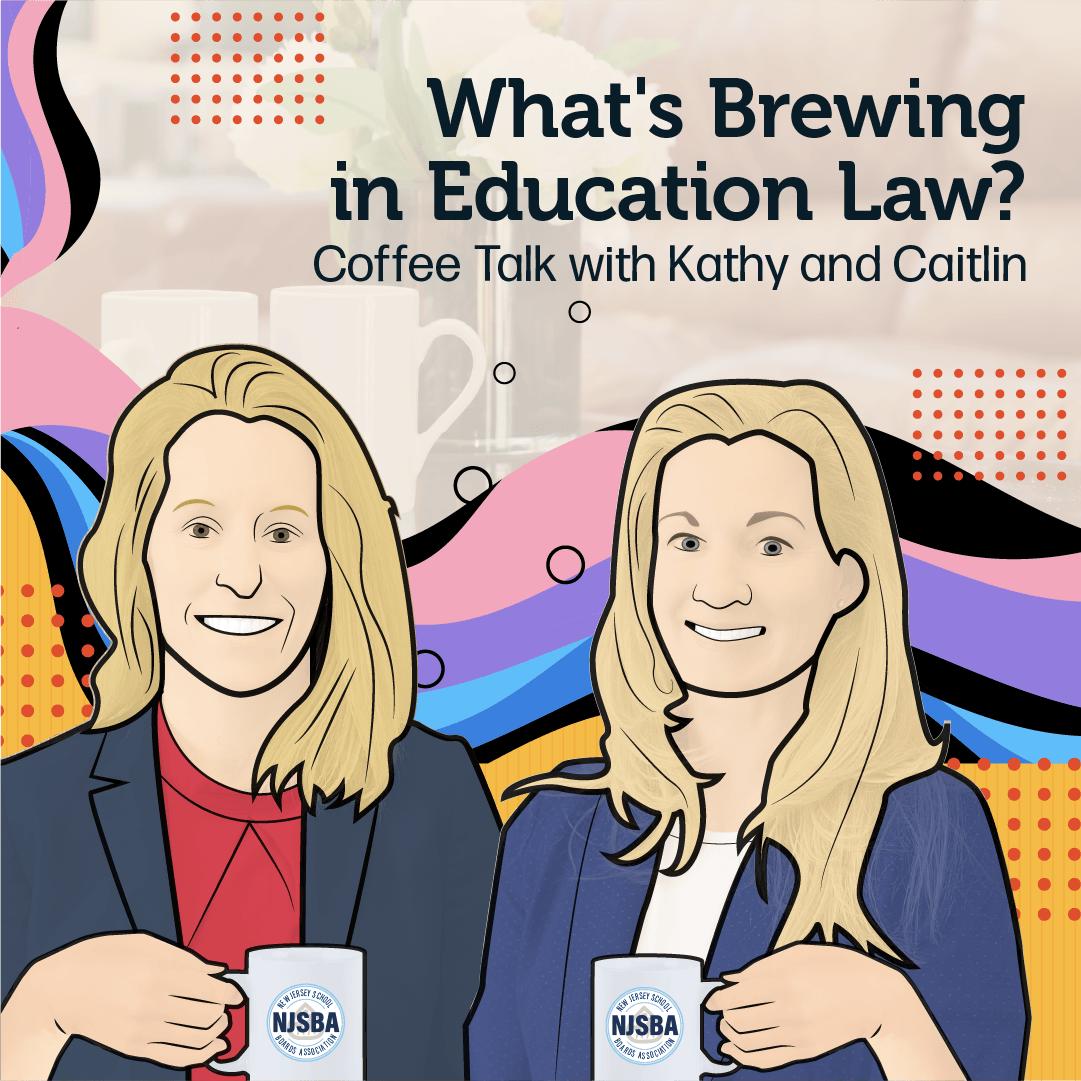On June 23, 2021, the U.S. Supreme Court revisited the topic of public school students’ free speech rights in Mahanoy Area School District v. B.L. By a vote of 8-1, the court ruled that the First Amendment’s free speech protection extended to a high school student who shared a vulgar critique of her school’s cheerleading team on social media on her own time and apart from a school-sponsored event.
B.L., a freshman at a Pennsylvania public high school, failed to make the varsity cheerleading team and was placed instead on the junior varsity squad. She was unhappy with this result. The following weekend, she vented her frustration online by sharing a profanity-laden post with her 250 Snapchat “friends.” When school officials found out about the posts, they suspended B.L. from the junior varsity team, citing a school policy that forbids the use of profanity in connection with school extracurricular activities. B.L. filed suit, alleging that such action amounted to a violation of her First Amendment rights.
Under the Supreme Court’s 1969 precedent in Tinker v. Des Moines Independent Community School District, student speech is constitutionally unprotected when it “materially disrupts classwork or involves substantial disorder.” That case found that students do not “shed their constitutional rights to freedom of speech or expression at the schoolhouse gate.” Tinker involved a student protest of the Vietnam War. A group of students coordinated a plan to wear black armbands to school in protest for two weeks. The school learned of the plan and, shortly before the protest was to start, implemented a policy that banned armbands and provided that any student wearing one would be suspended. Three students wore armbands and were suspended. In their challenge to suspension on First Amendment grounds, the U.S. Supreme Court defined two types of on-campus student speech that a public school could lawfully regulate: 1) unlawful speech, such as incitement to violence, or 2) speech that caused a “material and substantial interference” with school operation. The court held that the students’ arm bands did not fall within either category because the school district had only a fear of possible disruption rather than any real interference with the operation of the school, and therefore the students could not be punished.
In Mahanoy Area School District v. B.L., the court faced the question of whether “off campus” speech could ever be “materially disruptive.”
The court declined to adopt a bright-line rule. Justice Stephen Breyer, writing for the majority, observed that schools’ regulatory interests remain significant in some “off campus” contexts, such as when remote classes are conducted over the internet. To provide guidance in this grey area, the court emphasized three contrasting considerations that courts need to take into account when deciding whether a school may legitimately penalize student speech.
First, the court noted that “off campus” speech is typically within the purview of parental supervision. When a student is in school, the school operates in loco parentis, or in the place of parents, but such a responsibility does not typically extend outside of the classroom or other school facilities. Second, “off campus” speech is potentially all-encompassing. Because the school could theoretically sanction speech anywhere, in theory there are no prohibitions preventing the school from sanctioning speech made at any time. Courts must be wary of upholding a 24/7 restriction. Third, schools have an interest in protecting students’ unpopular opinions. Public schools are the “nurseries of democracy” and therefore serve to develop the free exchange of ideas on which the nation depends.
In B.L.’s specific case, the school identified its interests as including teaching good manners, avoiding classroom disruptions, and preserving team morale. The Supreme Court weighed these interests against the three factors that Justice Breyer described, and found them lacking. B.L.’s speech did not occur while the school was operating as a parent. Her statements were made outside of school hours, from her private smartphone. And the content of her speech had value as a criticism of her local community, even if it was crude.
The Supreme Court’s decision in Mahanoy Area School District v. B.L. limits, but does not eliminate, a public school’s ability to discipline students when they express themselves outside of the typical school environment. Some potential instances identified by the court where discipline might be constitutional include cases of severe bullying or harassment, threats aimed at teachers or classmates, failure to follow rules concerning plagiarism, and the outside use of school computers or technology platforms. Schools considering imposing discipline based on student speech should carefully consider the limitations on such sanctions.
Teresa L. Moore is counsel, and Fiona E. Cousland is an associate, at Riker Danzig Scherer Hyland & Perretti. Cyan Perry was a summer associate at the firm.


